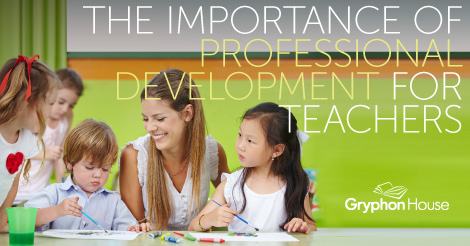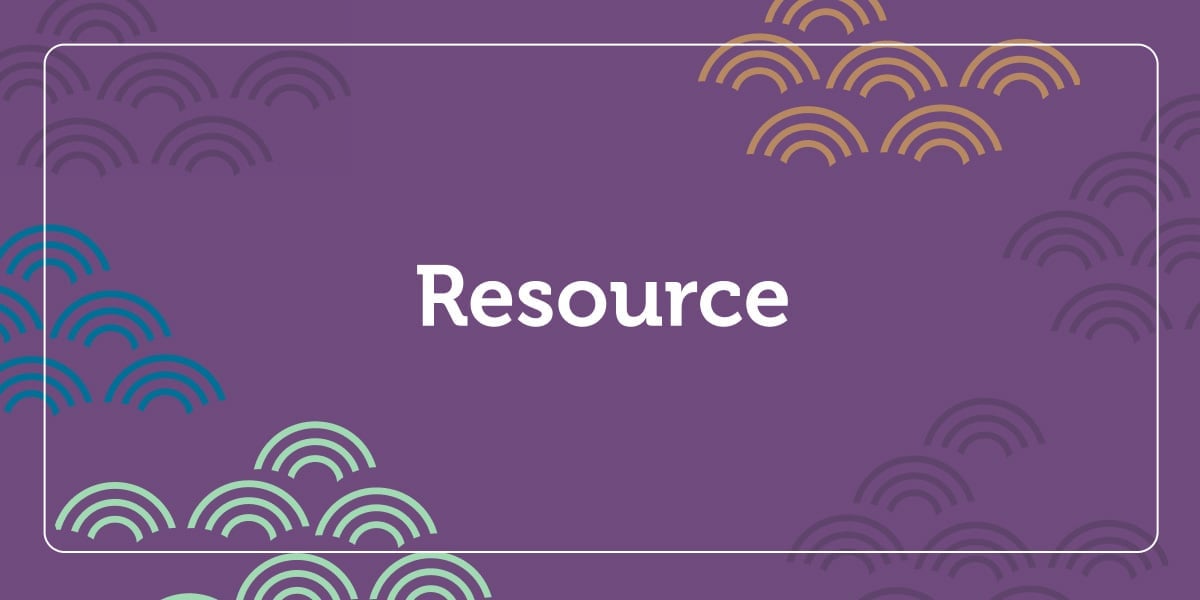
As an administrator, supporting early childhood educators is as simple as implementing a professional development plan within your center or school. Teacher professional development is a key component in creating an effective learning environment for young children. Remember, students aren’t the only ones who can still learn and develop new skills. Teachers, just like their students, can function at their highest potential when they follow a professional development plan.
While most people focus on what teachers provide for children, many forget that teachers have needs too. According to Nancy Bruski’s The Insightful Teacher, “the teacher’s perspective, approach and values are the basis for creating a supportive, nurturing classroom.” Professional development is extremely important as it gives teachers the opportunity to self-reflect and develop traits allowing them to lead successful classrooms. Without the proper foundation and a basis for creating a positive classroom, how can teachers provide an impactful education to young learners?
When implemented effectively, teacher professional development offers a wealth of knowledge and advice to teachers and administrators on the benefits of personal reflection and how to use it to “spur insight and professional growth in your classroom.”
Here are a few tips for teachers and administrators on how to best implement a professional development plan in your classrooms.
Identifying Values and Setting Goals
Clarifying what one values in the classroom setting means answering some important questions.
- What do I want to happen in my classroom? For example, do I want the children to feel comfortable, safe, and free to explore? Am I comfortable with noise and activity, or am I more comfortable with the quiet hum of exploration?
- What are my goals? For example, do I want to communicate a welcoming atmosphere by checking in with each child every day? Do I feel that I can improve the communication I have with families?
- How do I want the children to feel? For example, do I want all the children to feel appreciated and supported? Do I want the children to feel free to investigate and make mistakes?
This book will help you consider and identify your values, goals, strengths, and weaknesses. Together, we will explore ways to use personal reflection to gain insight into creating the classroom you dream of having.
Plan Ahead for Success
A reflective teacher must be honest with himself about his strengths and his weaknesses. Acknowledging where he has room for growth can be difficult. By recognizing and acknowledging his personal strengths and vulnerabilities, which everyone brings along with them into the classroom, a teacher can do the best possible job of responding appropriately to children and accessing support and consultation when necessary. And the additional bonus is that, through this kind of thoughtful teaching, the teacher becomes a better, stronger, person!
Author(s)Nancy Bruski
Anna Wilmoth
Marketer. Publisher. Reporter. Educator. Mother. Runner. Explorer. Anna served as director of marketing for Gryphon House from Oct 2014 - May 2017.

